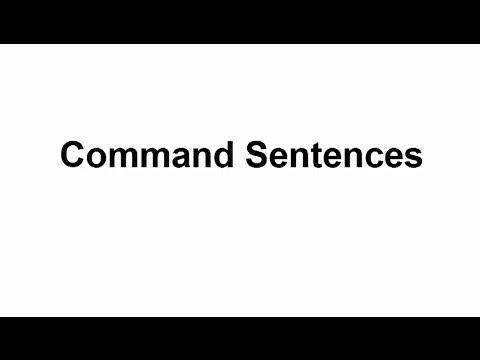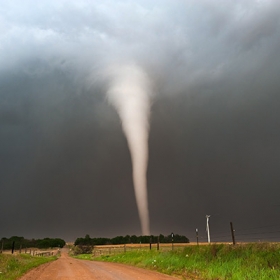Page 079 from

Start-Up Activity
For best results, use this chapter when students have a piece of their own writing in front of them. Then they can apply what they learn directly to their writing.
Introduce your sentence study by reading and discussing the introductory page. Next, download and distribute the warm-up activity, ask students to decide which word groups are complete sentences:
-
We had pizza for lunch. (complete sentence)
-
Ate lunch earlier than usual. (fragment, missing a subject)
-
Drink your milk. (complete sentence with understood subject)
-
Joe likes pepperoni pizza, Maria likes cheese pizza. (comma splice)
-
Ice cream is a favorite dessert. (complete sentence)
-
At the end of lunch hour. (fragment, missing a subject and verb)
Point out that this chapter covers sentences issues like these.
Think about it.
“A sentence should read as if its author, had he held a plough instead of a pen, could have drawn a furrow deep and straight to the end.”
—Henry David Thoreau
Chapter Opening Downloads:

Start-Up Activity
For best results, use this chapter when students have a piece of their own writing in front of them. Then they can apply what they learn directly to their writing.
Introduce your sentence study by reading and discussing the introductory page. Next, download and distribute the warm-up activity, ask students to decide which word groups are complete sentences:
-
We had pizza for lunch. (complete sentence)
-
Ate lunch earlier than usual. (fragment, missing a subject)
-
Drink your milk. (complete sentence with understood subject)
-
Joe likes pepperoni pizza, Maria likes cheese pizza. (comma splice)
-
Ice cream is a favorite dessert. (complete sentence)
-
At the end of lunch hour. (fragment, missing a subject and verb)
Point out that this chapter covers sentences issues like these.
Think about it.
“A sentence should read as if its author, had he held a plough instead of a pen, could have drawn a furrow deep and straight to the end.”
—Henry David Thoreau






